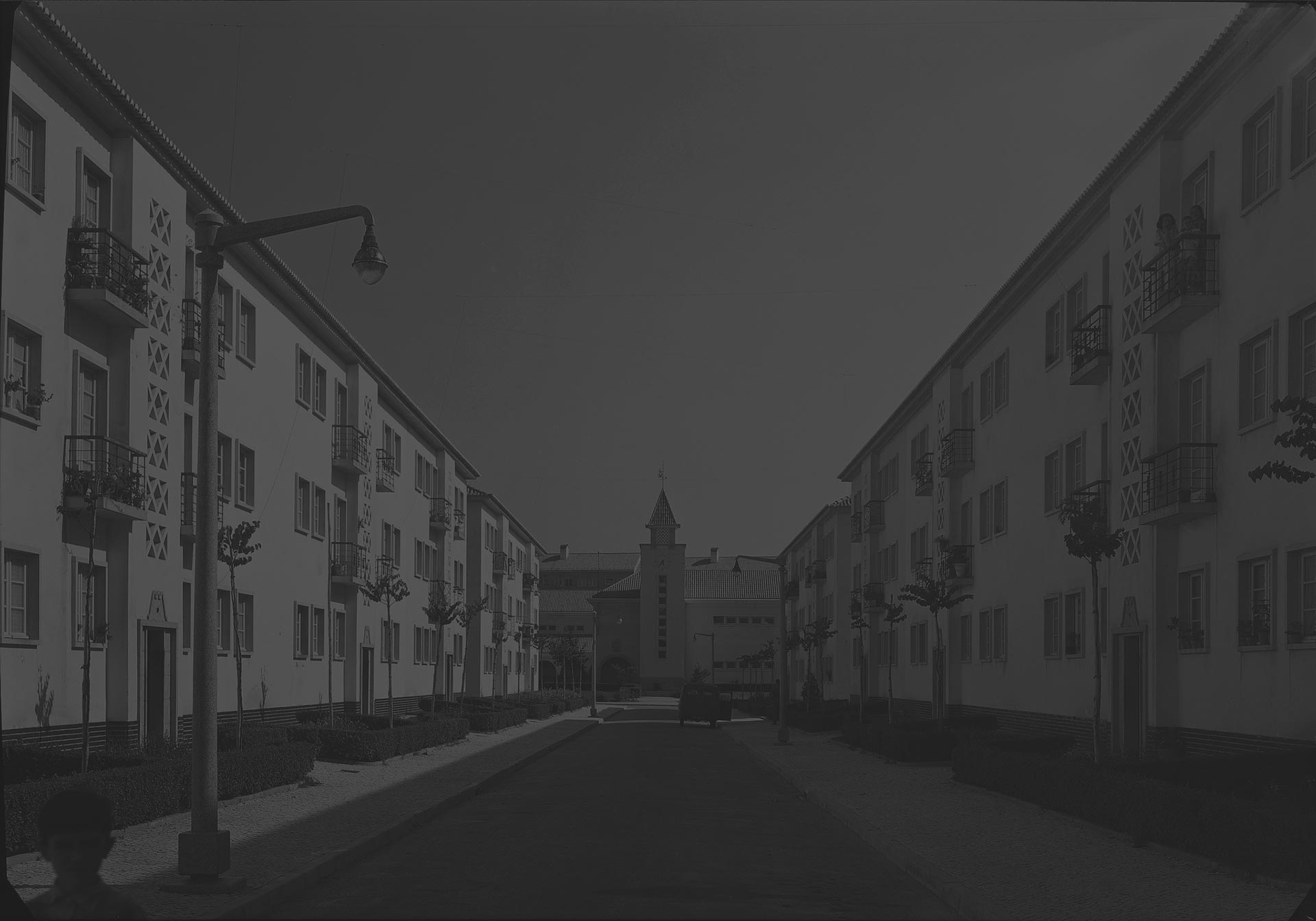SUMMARY
Mapping Public Housing is a project carried out within Atlas da Casa [AdC], one of the seven research groups of Center for Architecture and Urban Studies [CEAU] at Faculty of Architecture, University of Porto [FAUP].
The aim of the project is to identify the public programs and their spatial concretizations: estates, collective buildings or single-family houses.
In order to establish a processual, contextual, comparative and interpretative study, it is intended to analyse the documental archives of the entities of promotion and tutelage of public housing in Portugal. This approach will enable the setting of a narrative with several purposes:
- Establishing a relation between public housing programmes and political and legal contexts;
- Identifying construction systems and housing types;
- Understanding social policies;
- and Georeferencing urban contexts in which the initiatives are inscribed.
This project relies on the achievements brought up by former sectorial studies both in the social and in the architectural perspective, seeking mostly the articulation of knowledge and the supplementing of lacking periods, areas or programs towards a global and systemic overview.




